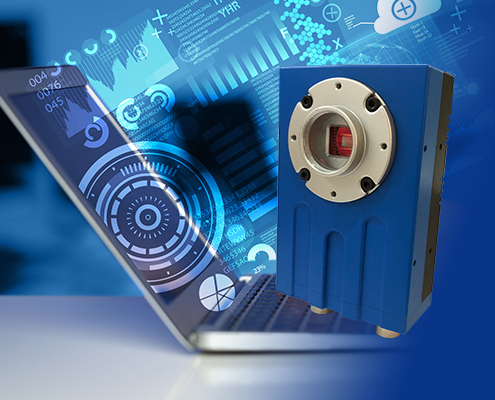Machine Vision Platform
Machine vision implementation comes on several physical platforms, including PCbased applications, standalone vision systems, simple and image-based barcode readers. Choosing the right machine vision platform generally depends on the application’s requirements, including development environment, capability, architecture, and cost.
PC-Base Machine Vision
PC-based systems easily interface with direct-connect cameras or image acquisition boards and are well supported with configurable machine vision application software. In addition, PCs provide a wealth of custom code development options using familiar and well-supported languages such as Visual C/C++, Visual Basic, and Java, plus graphical programming environments. However, development tends to be long and complicated, so is usually limited to large installations and appeal mostly to advanced machine vision users and programmers. VISION CONTROLLERS Vision controllers offer all of the power and flexibility of PC-based system, but are better able to withstand the rigors of harsh factory environments. Vision controllers allow for easier configuration of 3D and multi-camera 2D applications, perhaps for one-off tasks where a reasonable amount of time and money is available for development. This allows for more sophisticated applications to be configured in a very cost-effective way.
Standalone Vision Systems
Standalone vision systems are cost effective and can be quickly and easily configured. These systems come complete with the camera sensor, processor, and communications. Some also integrate lighting and autofocus optics. In many cases these systems are compact and affordable enough to be installed throughout the factory. By using standalone vision systems at key process points, defects can be caught earlier in the manufacturing process and equipment problems can be identified more quickly. Most offer built-in Ethernet communications, which enables users to not only distribute vision throughout the process, but to link two or more systems together in a fullymanageable, scalable vision area network in which data is exchanged between systems and managed by a host. A network of vision systems can also be easily uplinked to plant and enterprise networks, allowing any workstation in the factory with TCP/IP capability to remotely view vision results, images, statistical data, and other information. These systems offer configurable environments that provide easy guided setup or more advanced programming and scripting. Some standalone vision systems provide both development environments allowing for easy set up with the added power, and flexibility of programming and scripting for greater control of system configuration and handling of vision-application data.
Contact Innomiles for more detail specification discussion.
sales@innomiles.com



